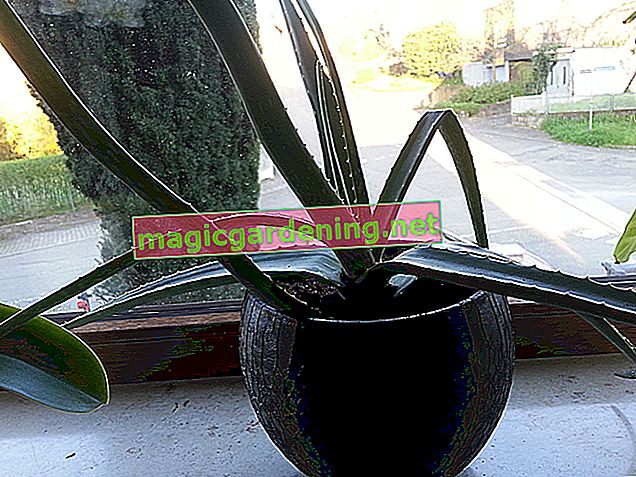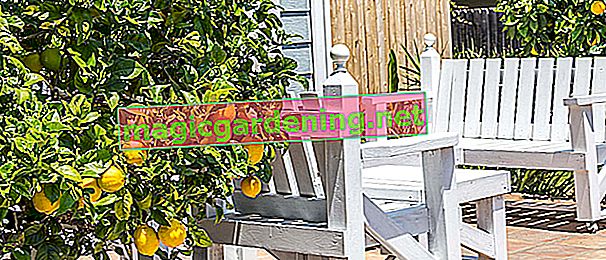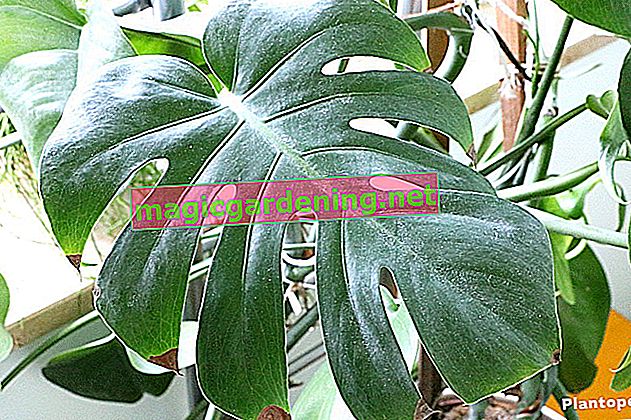
No winter hardiness without the right planting depth
A tulip bulb can only play the trump card of its stable winter hardiness if it is deep enough around the ground. As part of the planting, you set the course for a healthy winter. How to do it right:
- Plant tulip bulbs in a sunny spot between mid-October and late November
- The ideal planting pit is two to three times deeper than the onion is high
- Choose a planting depth of 25 to 30 cm in hardy regions
also read
- After flowering is before flowering - this is how you treat faded tulips
- How does the tulip bloom last as long as possible?
- Are tulips poisonous to cats?
In loamy, solid soil, the planting depth should be 10-15 cm. Otherwise, it will cost too much energy for the tulip in spring to get to the surface and enchant us with its beauty.
Winter protection is recommended here
In the pot and balcony box, the container walls and the small volume of substrate do not provide adequate protection against freezing frost. Moving to frost-free winter quarters is out of the question for tulips, as the flowers will not sprout in spring without the cold stimulus. This is how your tulips get through the cold season on the balcony:
- Before the first frost, cover planters with several layers of jute, fleece or bubble wrap
- Place in front of the protective south wall of the house
- Slide a block of wood or a styrofoam plate (€ 25.90 at Amazon *) underneath
If your garden is in a region that is regularly hit by harsh winters, we recommend that you also take some precautions for tulips in the bed. After planting in autumn, mulch with compost or spread a thick layer of leaves, fixed with brushwood.
Tips
Tulips benefit little from their winter hardiness if they lack the strength to sprout in spring. So that tulip bulbs can build up an energy reserve after flowering, do not cut the leaves until the leaves have completely died. Until then, all remaining nutrients are shifted to the inside of the flower bulb.








